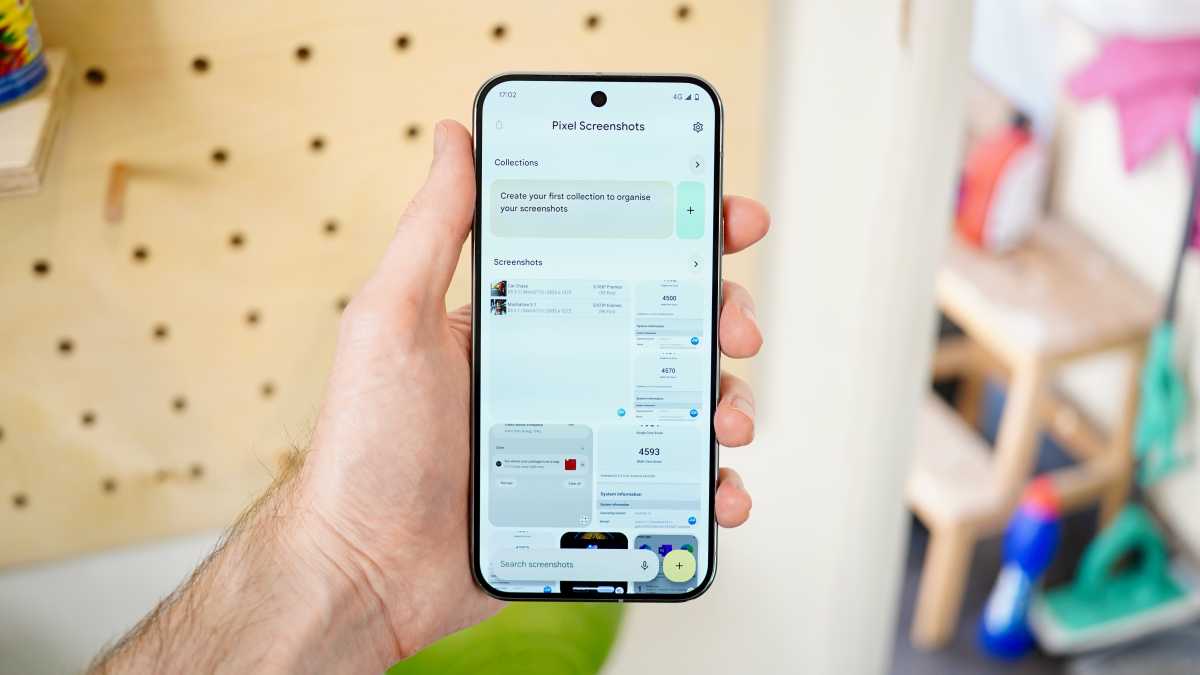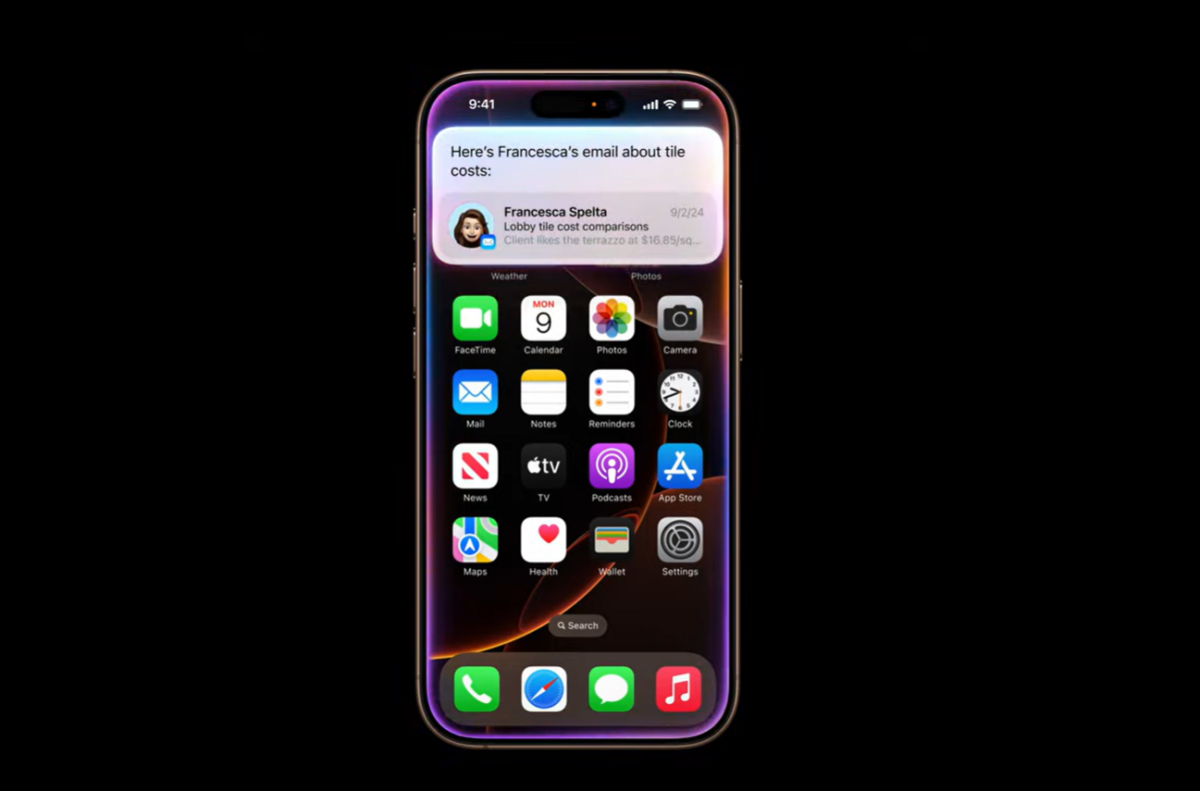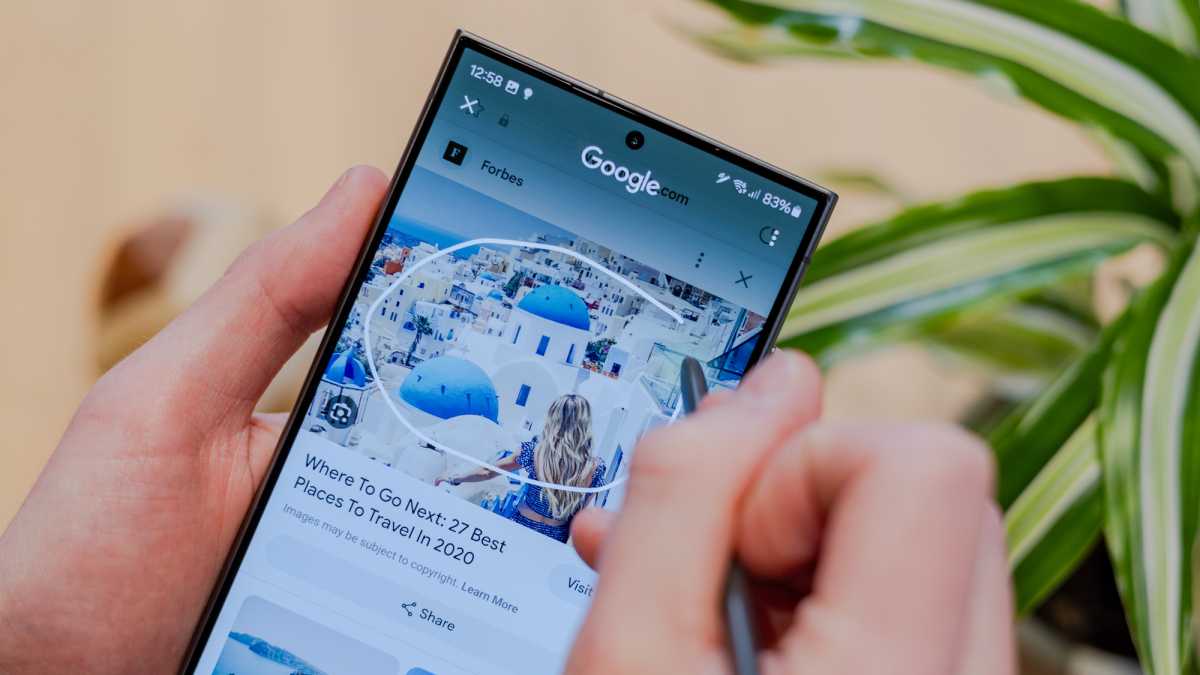The iPhone 16 lineup has arrived, and it’s a big deal.
With new chipsets, improved cameras, tweaked displays and, of course, Apple Intelligence AI features across all four phones, there’s plenty to get excited about.
In previous years, the new iPhone has arrived before Pixel flagships, giving Google the opportunity to size up its competition before going public.
However, things are a bit different in 2024, as the Pixel 9 series launched in August. Even so, Google’s flagship range has the upper hand in a few key areas.
If the following features are important to you, you’ll definitely be happier with the Pixel 9.
Faster charging
On both the iPhone 16 and Pixel 9 lineups, charging speeds vary significantly. But here, we’re talking about the maximum wattage that any of the phones can charge at, making it a head-to-head between the iPhone 16 Pro Max and Pixel 9 Pro XL.
Google comes out on top here, with the company advertising 70% in 30 minutes when charged at the maximum 37W. However, to benefit from those speeds, you’ll have to buy Google’s 45W ‘Power Charger’, which costs £29.99/$29.99.
Meanwhile, the iPhone 16 Pro Max tops out at just 25W, with Apple claiming a more mediocre 50% in 30 minutes. And you’ll still need a compatible charger to take advantage of it.
Macworld
However, Apple wins on wireless charging, with the iPhone 16 Pro Max offering 25W to the Pixel 9 Pro XL’s 23W.
A high-quality fingerprint sensor
Since it was introduced on the iPhone X back in 2017, Face ID has been a huge success for Apple. The secure face unlock solution was an excellent replacement for the physical fingerprint sensor, allowing Apple to move to an all-screen design.
But seven years later, under-display fingerprint sensors have evolved. The generally underwhelming optical scanners have been replaced with ultrasonic ones on some Android phones, including the Pixel 9, 9 Pro and 9 Pro XL. It’s a huge step forward for both speed and reliability.
Impressively, Google combines it with a secure face unlock on the Pixel 9 series, allowing you to authenticate payments or log into banking with either your face or your finger. That’s a level of flexibility that Apple can’t match.

Jon Mundy / Foundry
AI features at launch
Since it was announced at WWDC back in June, there’s been lots of talk about Apple Intelligence. And it could revolutionise the way you use your iPhone.
Emphasis on ‘could’, because we don’t actually know yet. Apple Intelligence will initially arrive in beta in October, with no specific date revealed for a final launch. New features are also expected to be released gradually over time.
By contrast, Pixel 9 phones have a range of AI features that you can try out as soon as you buy the phone. These include photo editing tools such as Best Take and Add Me, plus deep integration of the Gemini virtual assistant.

YouTube / Apple
Not all of Google’s AI works flawlessly, but the company has been including it in phones for a year now, and it’s more accomplished than you might think.
Circle to Search
While Circle to Search is an AI feature, it’s so useful it deserves its own section. Essentially, it allows you to perform a Google image search for anything you see on your screen simply by circling it.
It’s particularly handy while on social media, where you can easily find a location or product that you’re unsure about. Apple also offers similar image text extraction and translation features to Circle to Search, but Google’s solution is more powerful and useful.

Dominik Tomaszewski / Foundry
Higher megapixel cameras
Both the Pixel 9 Pro XL and iPhone 16 Pro Max appear to offer some of the best all-round phone camera systems around.
In our Pixel 9 Pro XL review, we praised photos’ image clarity and balance in colour and tone. It’s not yet clear how the iPhone 16 Pro Max compares, but there are a few areas in which Google has the upper hand – on paper, at least.
Perhaps the big one is the selfie camera. We were really impressed with the Pixel’s 42Mp sensor, yet the iPhone sticks with the 12Mp lens from the 15 Pro Max. Then there are the telephoto lenses, which offer 5x optical zoom on both phones, yet the Pixel uses a 48Mp lens as opposed to the iPhone’s 12Mp.
A higher megapixel count doesn’t always equal better photos, but the 9 Pro XL’s pixel binning process (where four pixels are combined into one for a 12Mp image) should deliver higher quality photos.
One area the iPhone is likely to still have the upper hand is video, something which many Android phones struggle with.
Leave A Comment
You must be logged in to post a comment.